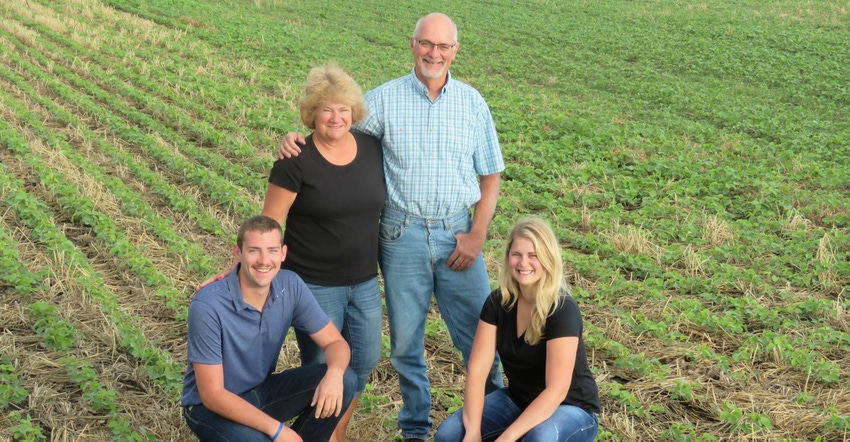
If you grow crops, your most valuable asset is under your feet. Soil health is one of the main messages of the 4R Plus program, an educational effort launched in Iowa earlier this year by a coalition of ag and conservation organizations. Its purpose is to create awareness of nutrient management and conservation practices that can be used to protect water quality, reduce erosion, increase yields and improve crop production efficiency.
Rather than making recommendations, 4R Plus is more about providing information on various practices available, so farmers and their crop advisers can decide what will work best.
One farmer featured on the 4R Plus website at 4rplus.org is Eric Andersen from Grundy County. He and his family use 4R nutrient management guidelines — right source, time, rate and place — for applying fertilizer, along with several other soil conservation practices. His goal is to keep nutrients in the root zone for use by crops.
Cover crop benefits add up
Cover crops are one practice promoted by 4R Plus. Andersen has been planting covers for 20 years. He began growing seed corn in 1992 and a few years later started seeding cover crops in the fall after harvest. Compared to commercial corn, seed corn produces less crop residue, so he protects the soil by drilling a cover crop.
Initially, Andersen seeded oats and radishes as covers before settling on cereal rye. He terminates the winter rye by applying herbicide in spring before planting soybeans no-till in a corn-bean rotation.
“Cover crops aren’t a perfect fit for every field or every situation,” he says. “It’s a different system that requires different management. But if managed properly, there are benefits to having a cover crop in your rotation. More and more, cover crops are helping improve our soil health.”
Andersen has seen improved water infiltration and storage, increased earthworm and biological activity, fewer weeds, and less soil compaction, crusting and erosion.
Other practices Andersen uses are grid soil-sampling for P and K, and variable-rate fertilizer application. He has used the late-spring soil nitrate test and has a Climate FieldView account, which takes aerial photos of growing crops to show possible problems occurring in fields.
The farmland has grass waterways and some terraces, and Andersen has grass buffer strips along creeks.
About the Author(s)
You May Also Like




